A quick introduction
When it comes to modeling cars in 3D, there are usually two possible approaches: Nurbs / CAD modeling or polygonal / subDiv modeling.
While the first method is the one used for creating the final digital models suitable for production, using polygonal subDiv modeling techniques is still a very common approach for creating models aimed at visualisation, rendering or even 3D printing purposes, or when exploring different designs in the early concept stage.
This approach is sometimes regarded as less intimidating than Nurbs because of the way complex shapes and transitional surfaces are handled, and because it’s possible to almost “sculpt” shapes in a very organic and intuitive way by pushing and pulling points.
However the main drawback of subDiv modeling is the number of “pinching” problems that affect the quality of surfaces and their reflections, especially in correspondance of complex transition areas, cutlines, holes, etc. (you can read more in the Modeling Cars in Polygons article).
Above: the image shows how the typical flaws of car 3D models created with subDiv surfaces are overcome using the technique presented in the course
Course Overview
The “Master Car Creation in Blender” course by Chris Plush, founder of CGMaster.net, specifically addresses these problems and presents a technique that allows to achieve very high quality surfaces, which can rival the results of well designed NURBS models, without losing the flexibility and ease of editing typical of subDiv models.
As Chris explains, “All of the techniques in this course are designed to have you modeling high-end film quality 3D cars that can also be used for normal map baking onto game models. You’ll learn how to avoid all the common pitfalls of subsurf modeling and achieve amazing results with techniques that can be applied to any and all hard surface models. This course will give your skill level and workflow a major boost and you’ll be creating 3D models better and smoother than ever before.”
The technique used by Chris makes use of guide meshes that allow to separate the modeling of the base surfaces from the modeling of the details.
Chris demonstrates and explains this approach by tackling a full car modeling project: the creation of a highly detailed Corvette Stingray.
The training course, which includes 30 hours of narrated videos, not only demonstrates in detail the use of this effective technique, but also explains every single step in the creation of the vehicle, from the blueprint setup up to the final rendering.
Our Review
The course has just been launched: we have got our copy, watched several hours of the included videos, and we cannot be more enthusiastic.
The course is top-notch quality in every single aspect: Chris not only shows how to do things, he also explains all the reasoning behind every modeling decision, so you’ll be able to “understand” and learn the concepts, not just replicate the different steps.
The tutorial explains in detail how to model every component of the car
For those who are a bit scared by the 30 hours duration, he also included several recap videos plus a reference chapter that summarizes all the steps required for the technique.
All the main steps are divided into single video chapters, so it’s possible to jump to different parts of the course very easily.
Above all, the technique presented is really effective and allows to achieve results that are simply on another level compared to the traditional SubD modeling methods presented by most of the available online tutorials.
The author even offers his personal support to those who get stuck through the process.
Above is a sample free chapter, covering the modeling of the tires – it does not show the main modeling technique, but gives a general idea of the content.
Should you buy it?
The course is officially targeted to intermediate Blender users. The pace is relatively fast but still enjoyable. The techniques explained make use of Blender’s functions; in particular, the shrinkwrap modifier – which non-destructively constraints a mesh to a given guide mesh – is a key element of the process.
However, while the course may seem of interest only to Blender users, it also covers in extreme detail many standard subD modeling techniques – which are still very much needed – and the fact that for every step there is an explanation of the reasons behind it, means that every 3D modeler can learn concepts that can be applied to his/her workflow regardless of the software used.
If you are already a Blender user, this course simply cannot be missed: if you are a beginner, you will be able to learn the “right way” of creating 3D models of cars, as well as using Blender, without having to look for a multitude of tutorials across the net.
If you are an intermediate or advanced user, you will learn extremely valuable skills while also enjoying following the videos; even if you are not interested in the specific technique, the sheer amount of knowledge which is included means that you’ll be able to learn some new skills.
If you use a different 3D modeling software, there are still reasons why you might be interested in this course:
- It’s quite likely that the techniques shown can be adapted in some way to your 3D application of choice.
- There is a vast knowledge on the traditional subD modeling techniques, with a constant focus on how every single modeling step affects the final surface quality.
- Blender is completely free, and is becoming more and more a valid alternative to more established 3D software, even for high quality, professional work. So the course offers a perfect way for checking out Blender’s capabilities for high quality, design-oriented 3D modeling.
If you are a designer but haven’t got into 3D yet, then we’d suggest to check our article: 10 reasons why every designer should learn 3D.
One last consideration: the course is sold through Gumroad, a platform that offers high speed downloads, a very enjoyable, hassle-free user experience and also has an iOS and Android app that allows users to stream the purchased videos while on the go.
We could not recommend this course high enough: at its price point ($60 excluded taxes), given the quantity and quality of the training material, we think it is a must-buy for all those designers who are into 3d modeling and in particular want to create really high quality models that standout from the average quality.
At the moment there is a special introductory price with a 10% discount that ends on September 10th September 4th, so make sure to check it out now!
Get “Master Car Creation” Now!
30 hours of high quality, narrated video tutorials at just $60 $54
Note: the above is an affiliate link that will earn Car Body Design a commission on the purchase and help support our site.
(Image Courtesy: CGMasters.net for Car Body Design)

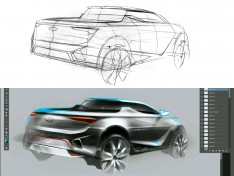

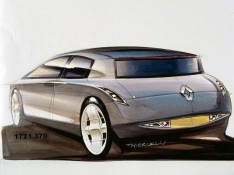

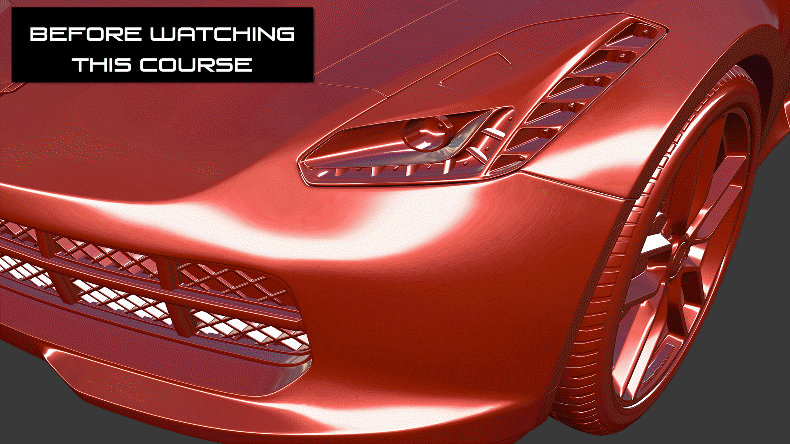
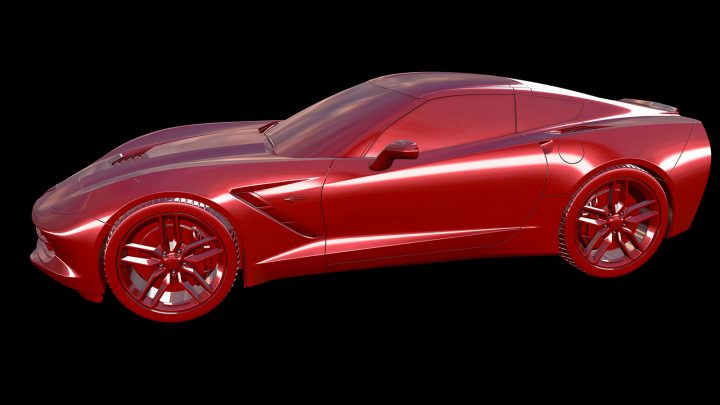

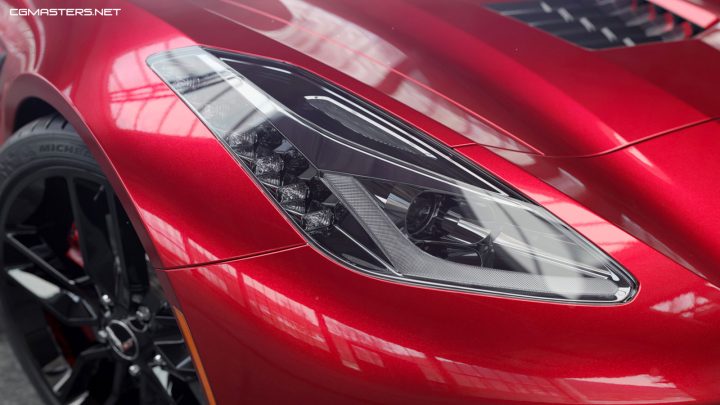





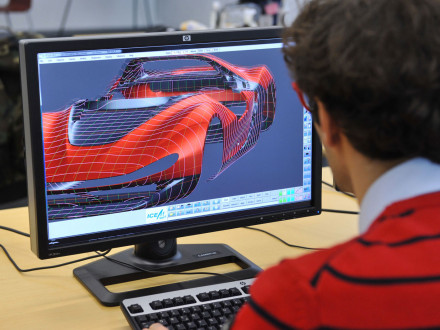

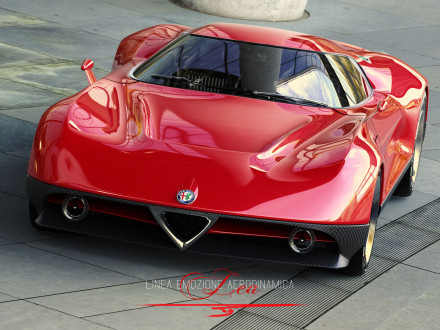






Comments